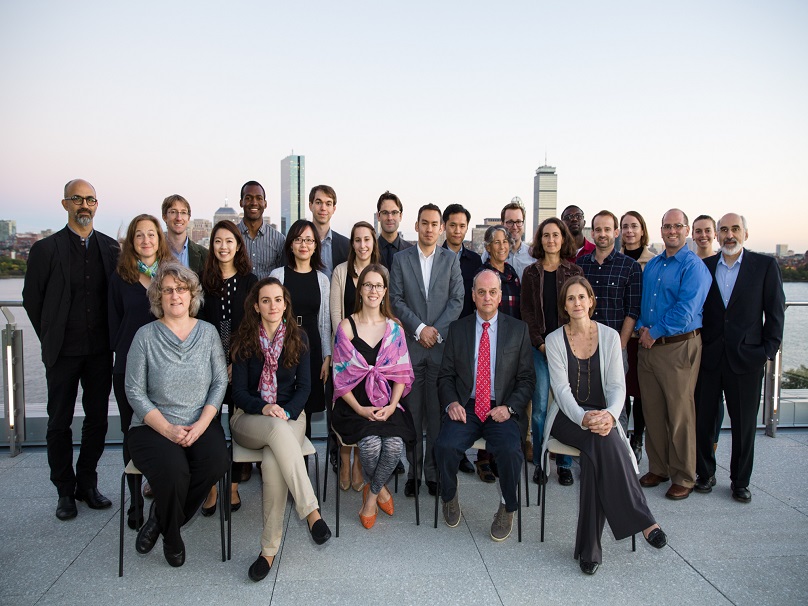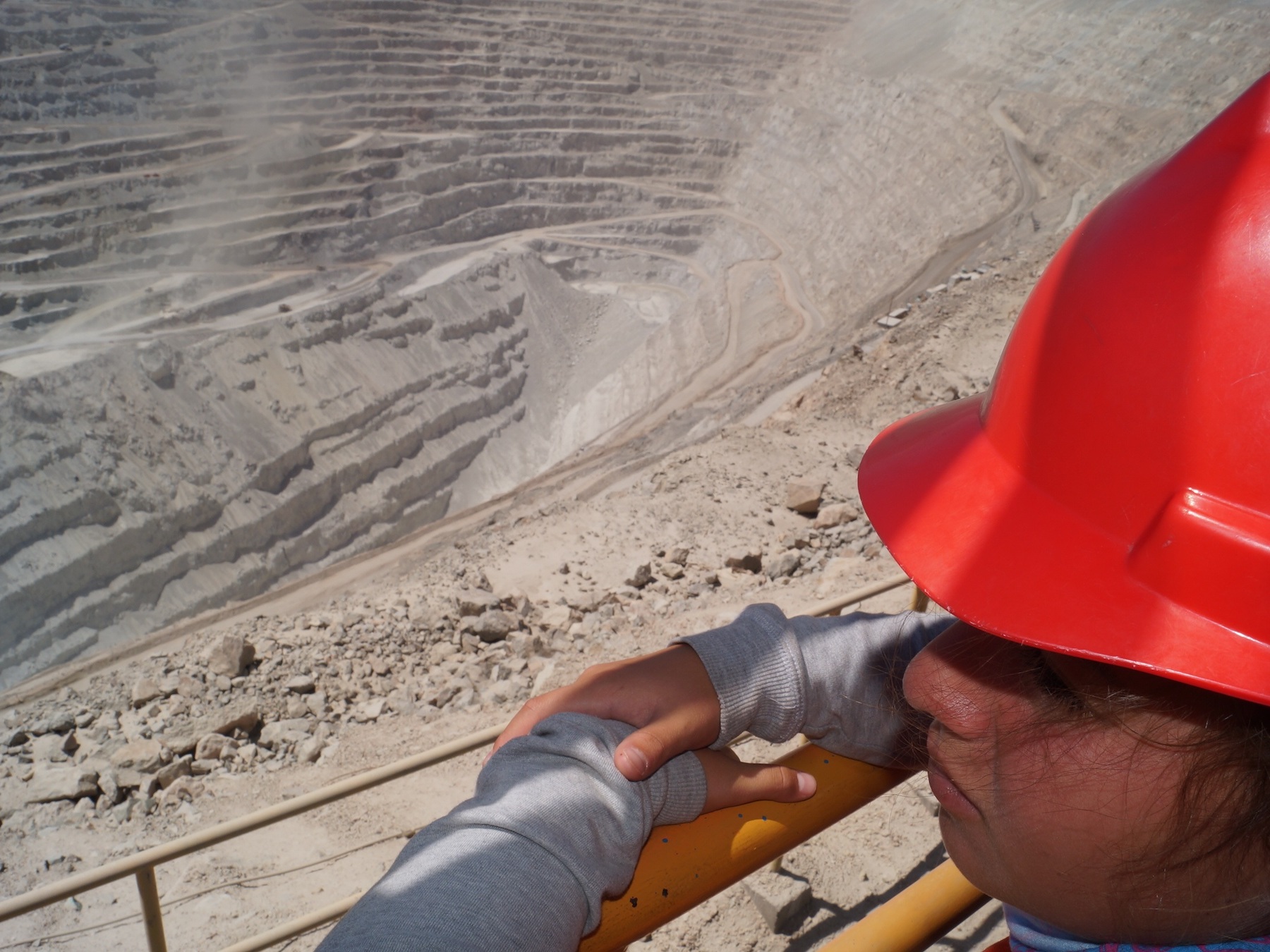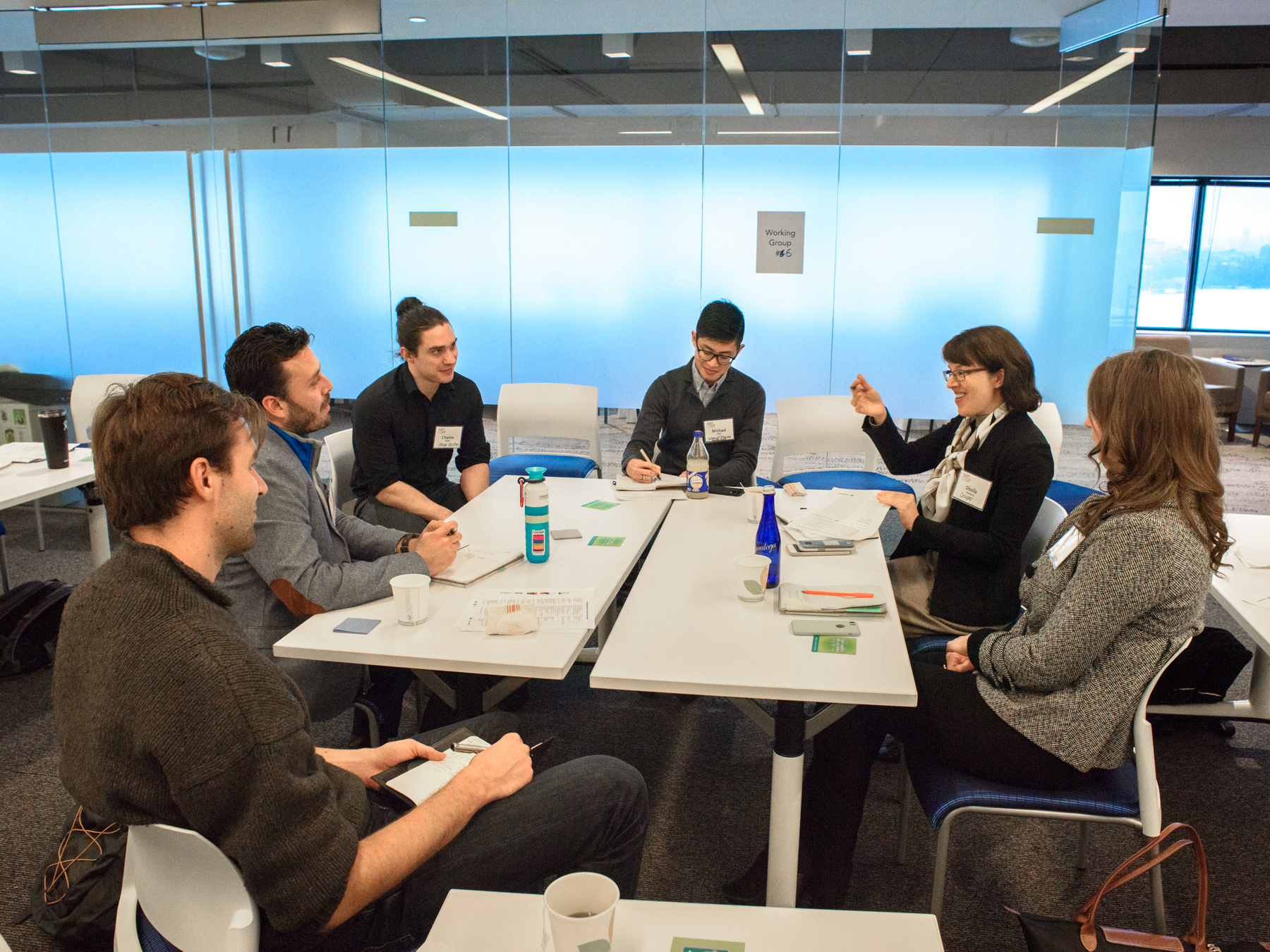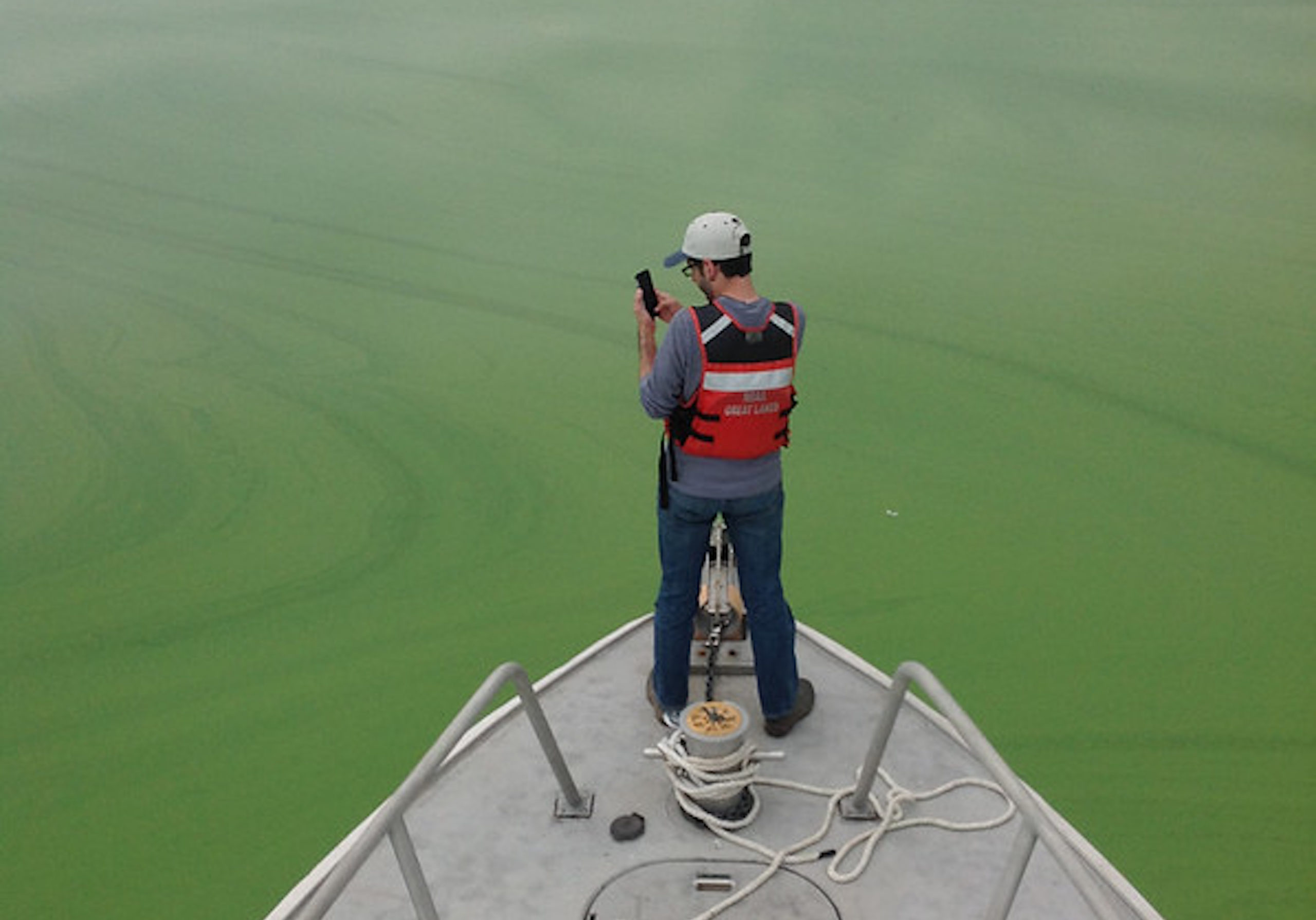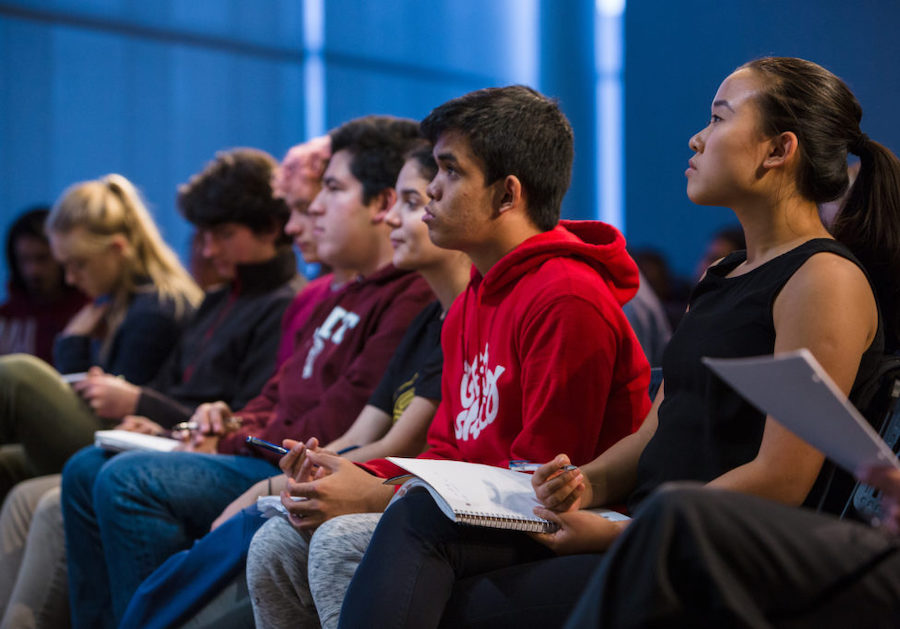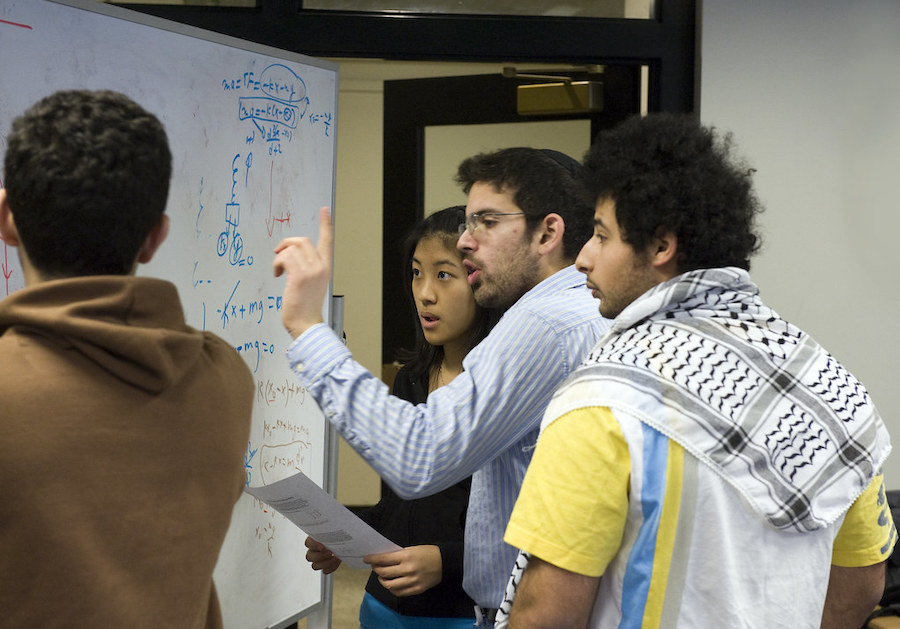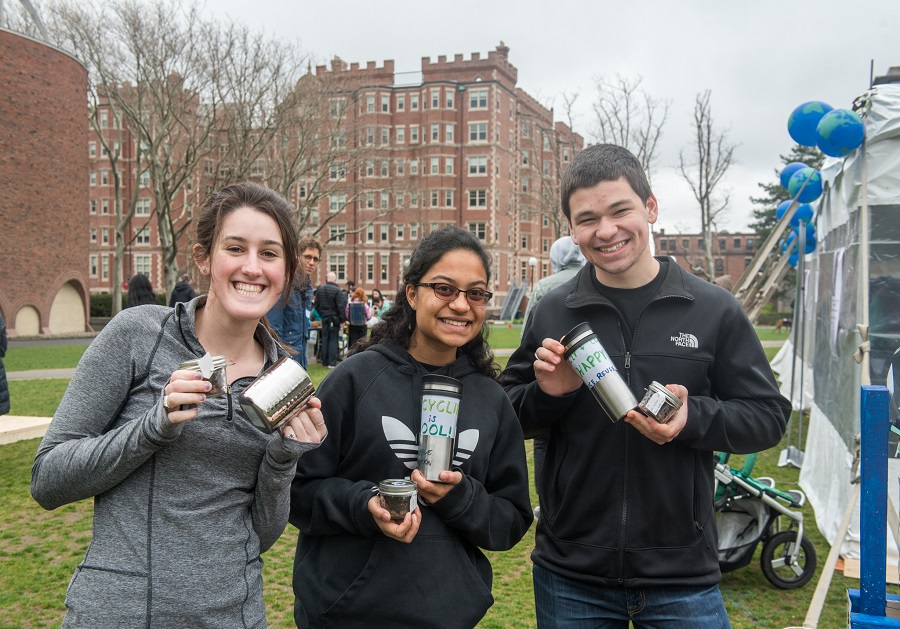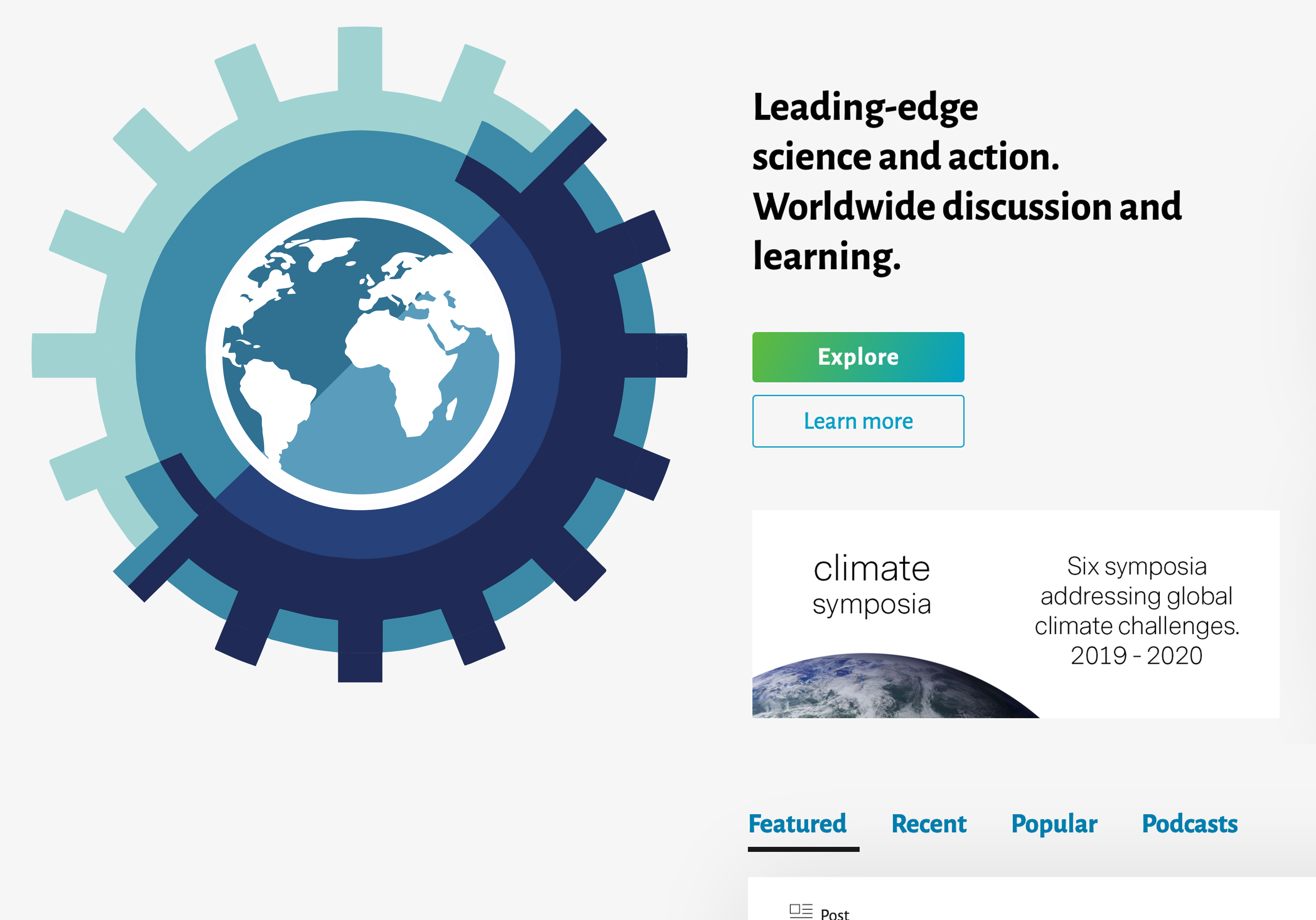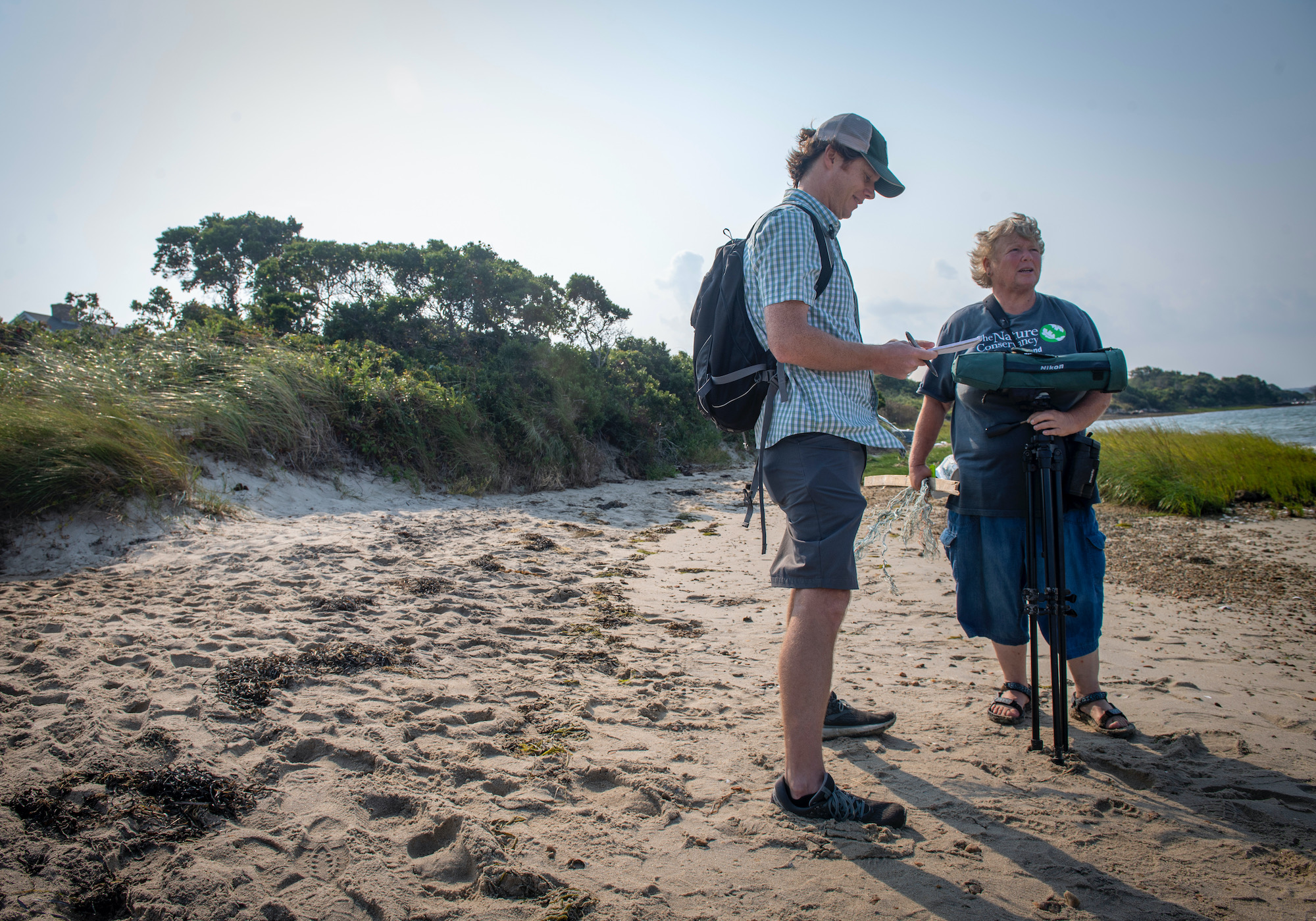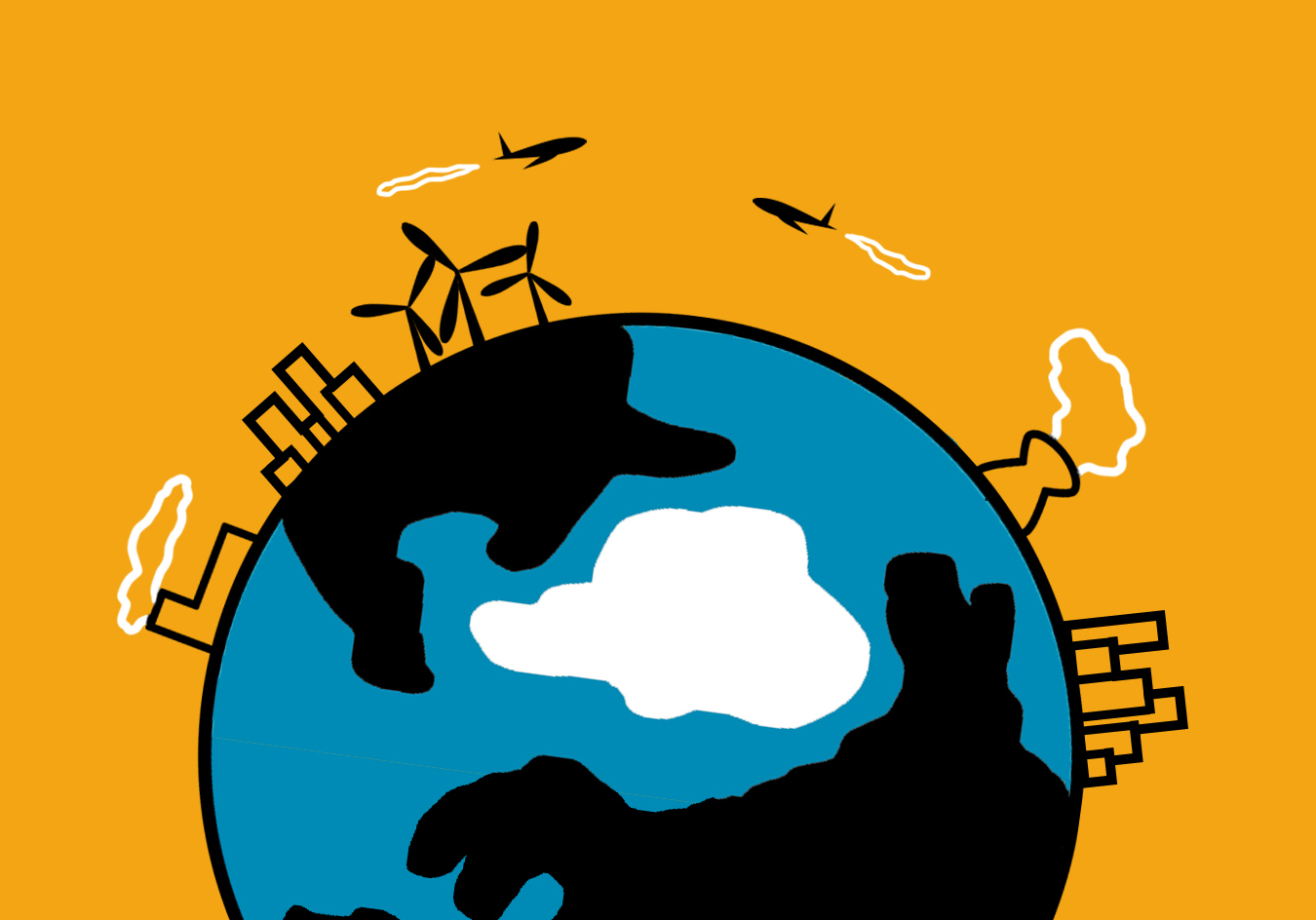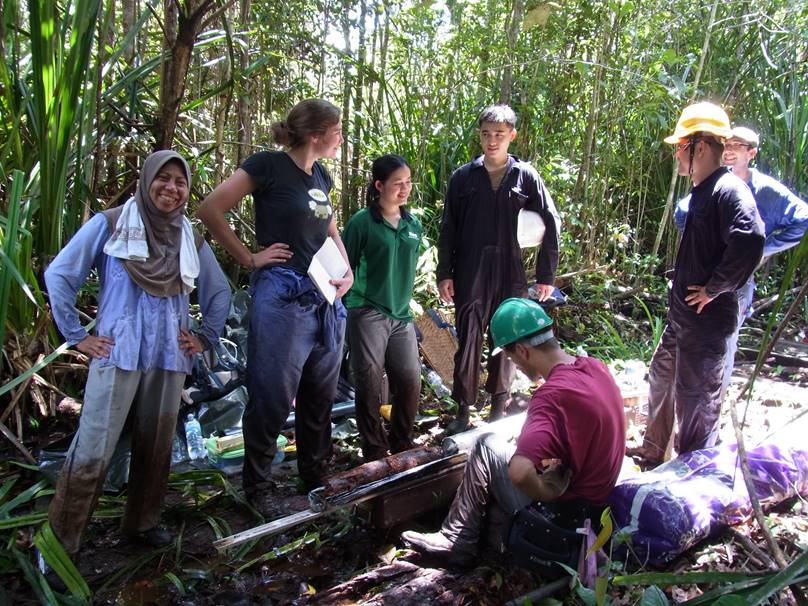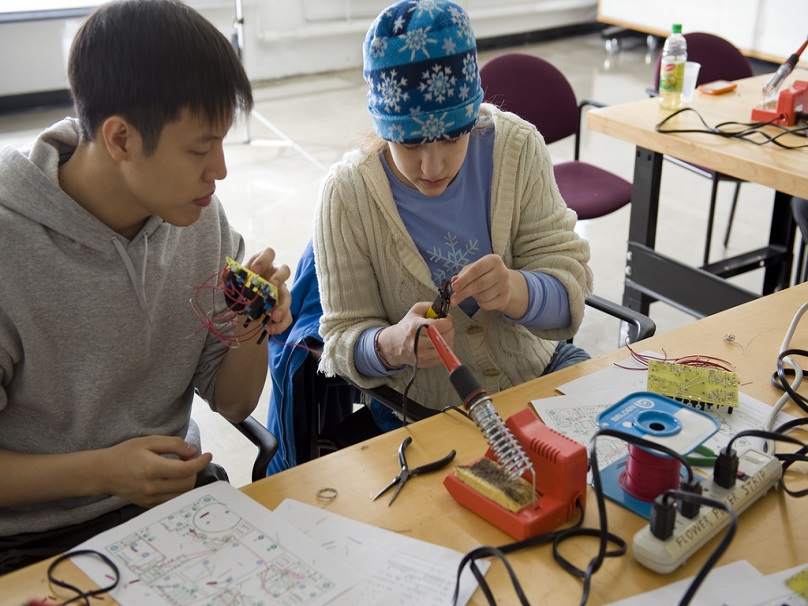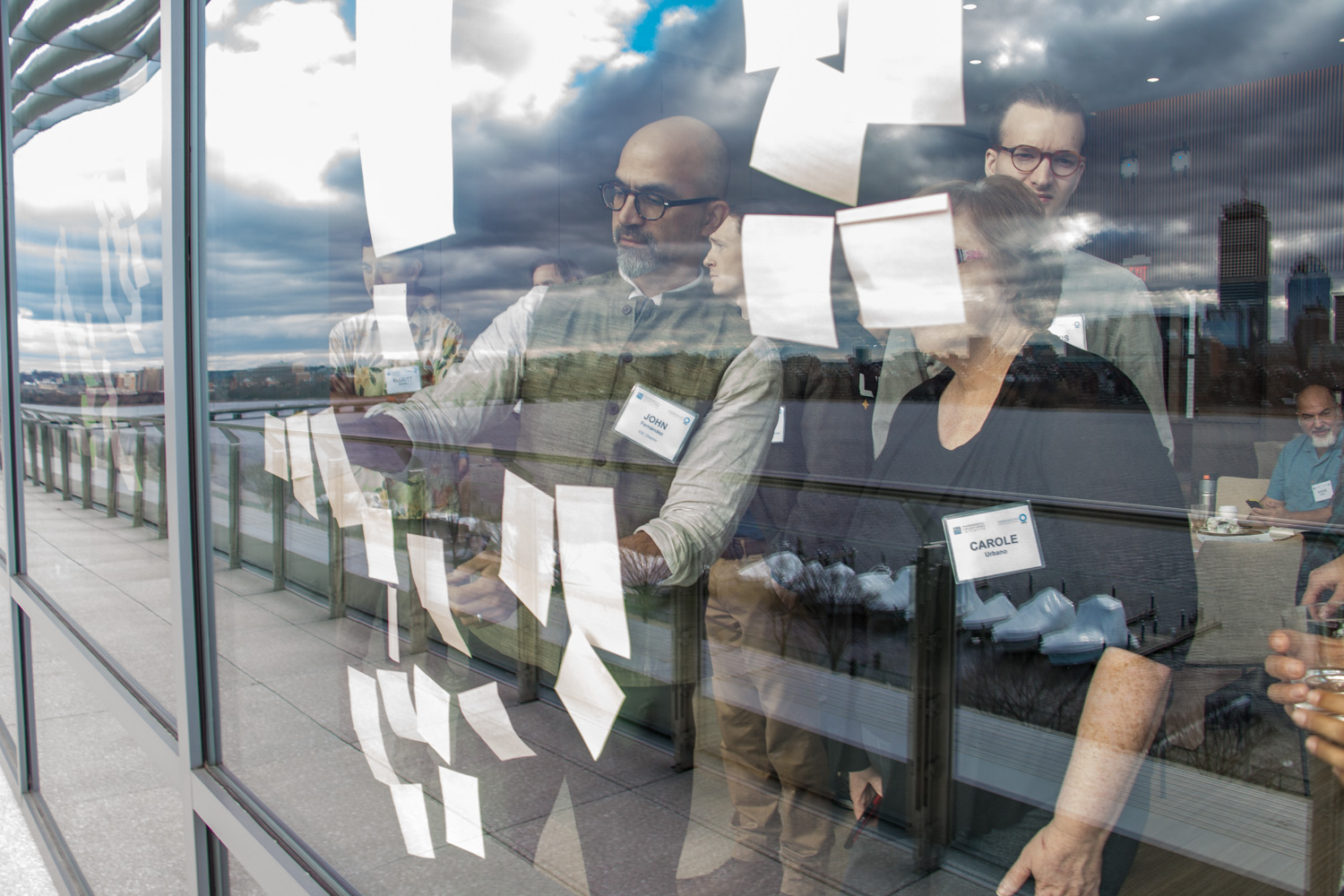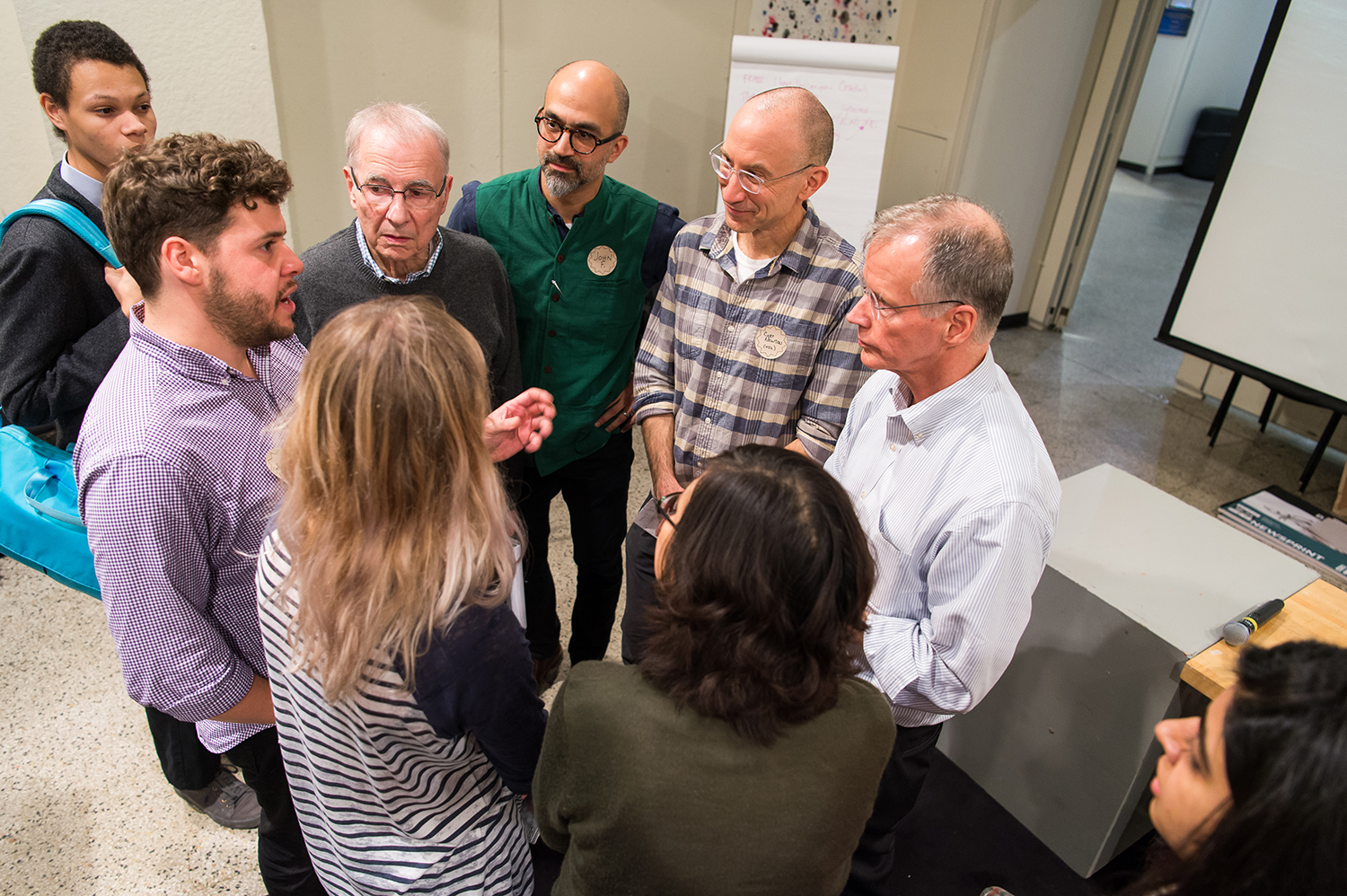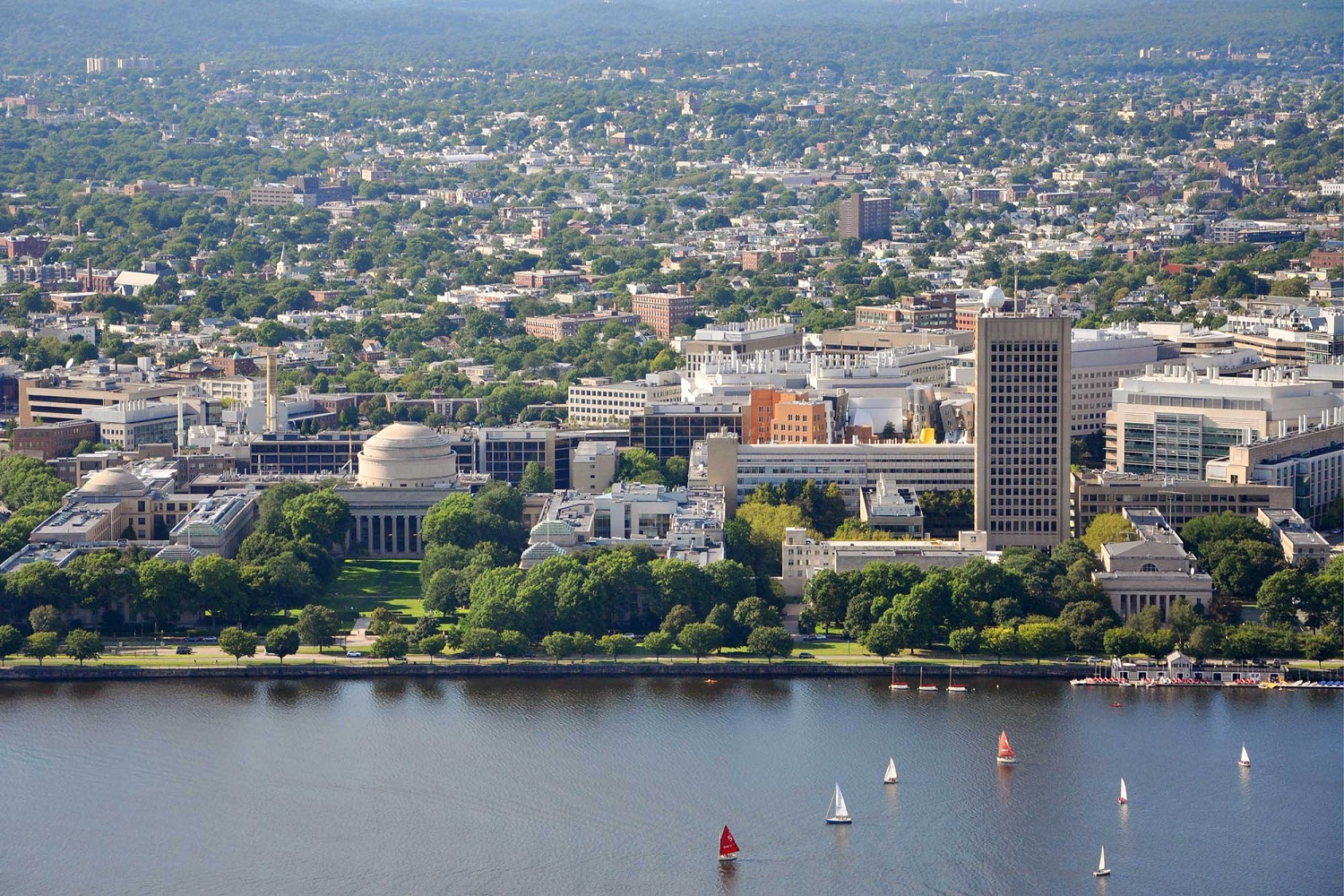Menu
ESI Stories
Science, Technology, and Environmental Justice: Addressing MIT’s Imperative of Justice in the Classroom
By: Madeline Schlegel, Co-op and Chris Rabe, Postdoctoral Associate
The environmental justice (EJ) movement arose in the early 1980s to better understand and address how people of color, low income groups, and Indigenous peoples experienced disproportionate environmental harms across the United States. This led to a multidisciplinary field of EJ studies that has evolved to include aspects of sociology, public health, human rights, geography, environmental science, history, and much more. From protests in Warren County, N.C. about PCB contaminated soil in a predominantly Black community to racial and economic gaps in recovering from Hurricane Katrina, the EJ field attempts to explore the ways in which historical social injustices are interconnected with ecological and environmental problems.
MIT recognizes this interconnectedness in The Imperative of Justice section of Fast Forward: MIT’s Climate Action Plan for the Decade. This section highlights the need to decarbonize the economy by centering justice and equity in the process. Furthermore, it asserts that solving issues of the climate and environment requires a simultaneous effort to solve issues of injustice and inequity.
However, despite increased recognition from the North American Association of Environmental Education (NAAEE) and the Association of Advancement of Sustainability in Higher Education (AASHE), research in higher education continues to demonstrate that EJ content knowledge isn’t sufficiently included in environmental and sustainability degree programs, and even less likely in STEM program contexts. The ESI recently published a white paper that reinforces this, highlighting an extreme dearth of climate and environmental justice (CEJ) content within MIT’s STEM departments. This means that students engaging in STEM related learning and research experiences aren’t being exposed to CEJ issues, which is problematic because it may cause a perpetuation of EJ issues in the field.
In an effort to address the lack of CEJ content knowledge in STEM courses and further MIT’s Imperative of Justice, the ESI and the Program in Media, Arts, and Sciences within the MIT Media Lab collaborated to offer a Science, Technology & Environmental Justice (ST&EJ) course during the 2024 IAP session. The course was originally created by Ufuoma Ovienmhada, a PhD candidate in the Department of Aeronautics and Astronautics, and was co-taught by Chris Rabe, a postdoctoral associate at the ESI.
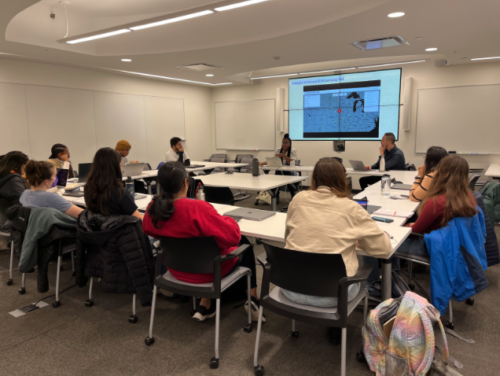
ST&EJ students listen to a lecture. Photo credit: Madeline Schlegel
The initial interest form for this course garnered 64 responses from students across a wide range of schools and departments, which demonstrates a significant interest of MIT students in the inclusion of CEJ issues in STEM courses. Ultimately, 25 students participated in the course with 11 students taking the course for credit. The primary goal of the ST&EJ course was to experiment with environmental justice as a foundational framework to foster a meaningful, culturally relevant, and socially just context for STEM learning. More specifically, the course explored the question: How can science and technology be employed in the study of and fight against environmental injustice?
This past January, students engaged with this question by first examining the foundational history of the EJ movement; then by studying the role science and technology has played in exacerbating or ameliorating environmental inequalities; and finally by considering different theoretical frameworks, methodologies, and technological tools that contest (or produce) environmental injustice. Throughout the two weeks of instruction, several topics were discussed, including: engineering climate justice, environmental justice and AI, critical data science and environmental justice, community engagement, electronic waste, environmental justice, and energy justice. Students also gained knowledge of and experience using tools like ArcGIS Story Maps, EJ Screen, and EJ Atlas.
Another aspect of this course included participation from guest lecturers, including Bianca Bowman from a local EJ organization, GreenRoots; Alejandro Paz, an MIT librarian; and other EJ scholars and researchers working at the intersection of EJ, science, and technology.
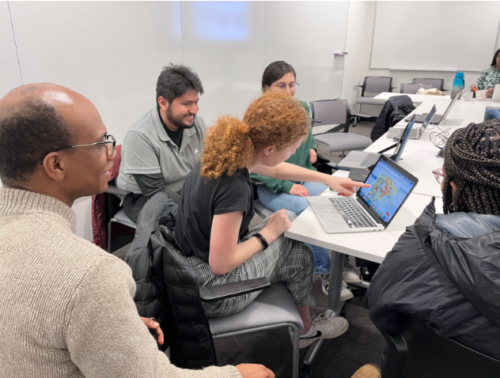
ST&EJ students engage in a workshop using EJScreen, an environmental justice screening and mapping tool. Photo credit: Chris Rabe
The final project for the ST&EJ IAP course was to create a project proposal of an environmental justice artifact that discusses or presents analysis of an environmental justice issue. The goal was for students to practice applying environmental justice theory and methodology and engage with themes from the class related to science, technology, and environmental or climate justice. The students’ final project presentations focused on a wide variety of topics, like mountaintop removal mining in Appalachia, battery storage facilities, historical EJ issues in Cancer Alley, L.A. and global EJ issues in Honduras and India, among others.

An ST&EJ student gives a final project presentation on mountaintop removal mining in Appalachia. Photo credit: Madeline Schlegel
To further the ST&EJ course’s goal to experiment with environmental justice as a foundational framework to foster a meaningful, culturally relevant, and socially just context for STEM learning, the course will be adapted to a full, semester-long course and a Massive Open Online Course (MOOC). The semester-long course will be offered within the Department of Urban Studies and Planning in Spring 2025, but it will likely be cross registered within at least one engineering department. The MOOC (planned to launch in Fall 2024) will be free of charge and fully open to the public.
In both forms, the future iterations of the ST&EJ course will provide more space for both instructors and students to experiment with a collection of STEM tools and approaches for identifying, understanding, and exploring potential solutions to complex EJ issues across the globe.
For more on climate justice education, contact Chris Rabe at cjrabe@mit.edu.

